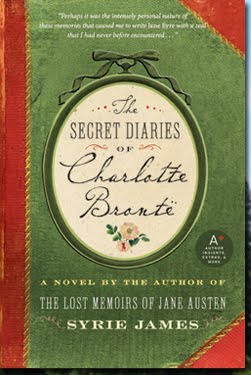Merry Wanderer of the Night:
historical fiction
The Miracles of Prato

Sunflowers

The Creation of Eve

The Virgin Queen's Daughter

Sorcery and Cecelia

Historical Fiction Reading Challenge

The Last Great Dance on Earth

The Secret Diaries of Charlotte Bronte

Emma Volume One

And Only To Deceive by Tasha Alexander
